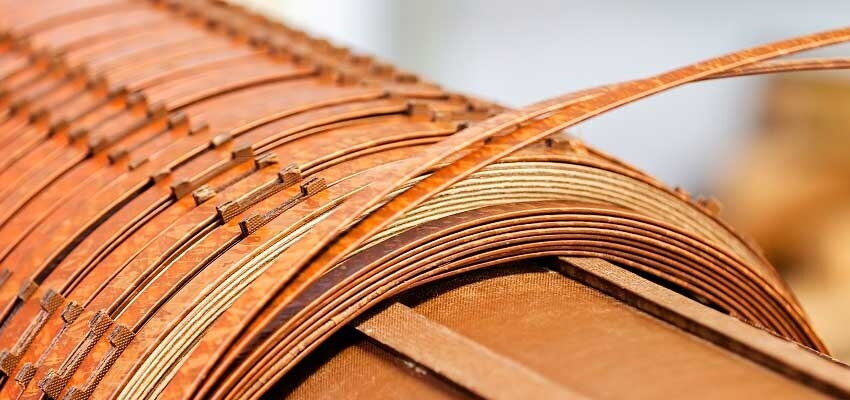
Raw materials for cellulose-based transformer insulation
Cellulose-based insulation for transformers Solid insulation is a key part of any transformer. This is due to the fact that any other part or component...
byAspa Bruk

Cellulose-based insulation for transformers
Solid insulation is a key part of any transformer. This is due to the fact that any other part or component of a transformer can be repaired or replaced, but not solid insulation. Therefore, solid insulation defines the lifetime of the transformer.
Since the beginning of transformer manufacturing, i.e. over the last 130 years or so, most of transformers have used cellulose-based solid insulation. There must be a good reason for this considering that there many other materials that could potentially be used instead. As opposed to other raw materials, cellulose is an abundantly available natural resource, being a structural element of plants. Therefore, it is a renewable resource.
Other reasons for domination of this material is that it is compatible with all types of fluids used in transformers; it is impregnable; it does not swell or change dimensions when impregnated by mineral oil or other dielectric fluids for transformers; it has sufficient electrical and mechanical strength; the material processing and handling is well known and possible with standard tools and processes; and it is cheap.
Standardized requirements
Being a well-known and widely used material, the requirements for cellulose-based insulation such as paper and board are standardized. IEC standard 60554 specifies requirements for electrical paper, IEC 60641 for board, and IEC 60673-3-1 for laminated board.
The requirements cover a number of properties which have to be within certain limits in order to provide the required function in the transformer, not only during the factory test, but also during its entire lifetime, which is considered to be at least 30 years, and sometimes even 50 or more. Being exposed to high mechanical, electrical, thermal and chemical stresses, for such a long time, operating conditions for the organic material are quite harsh. Each property required by the standard is responsible for a certain behaviour of the material. As there are many factors influencing the material performance, a couple of dozen parameters have been standardized.
Raw cellulose material
Paper and board are well known materials to the transformer industry. As raw material has an important influence on the performance of the insulation it is interesting to take a look “under its surface”.
Paper and board are produced on a so-called paper machine from the raw material called unbleached kraft pulp (UKP). The terms unbleached and kraft come from the type of process used to produce pulp from wood. For electrical insulation, a special type of UKP with very low conductivity and particular cleanliness is used, called electrical grade pulp or e pulp (UKP-E).







